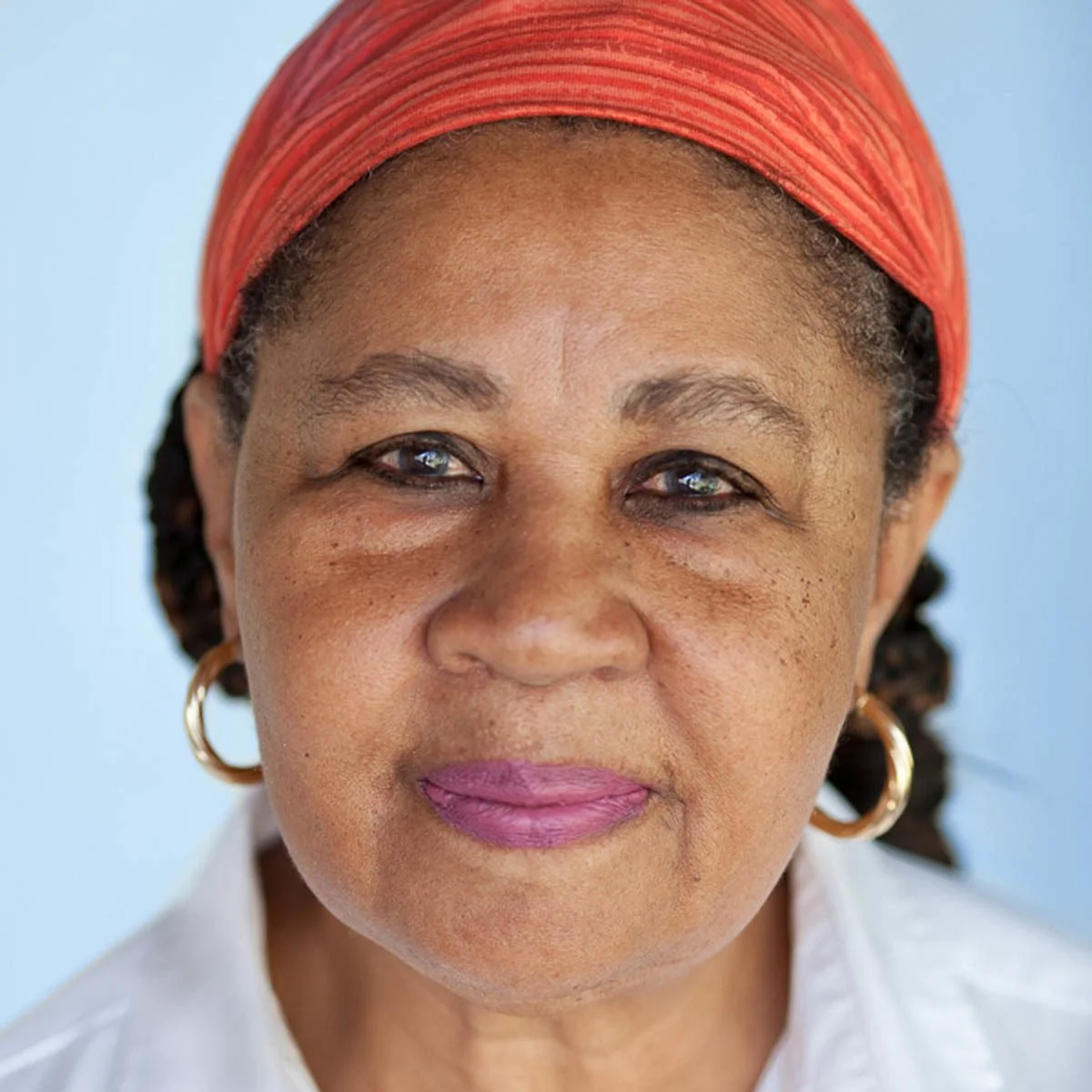Who Slashed Celanire's Throat?
A luminary of the highbrow literary set for some time now, Maryse Conde is finally bouncing across the radar of ordinary readers. What luck -- for Conde's opulent imagination, sublime prose and magical narratives light up Africa's past. Her novels enrich our understanding of black experience while accenting the African presence in the history of the world.
Pointe des Chateaux, Guadeloupe (photo by Mael Gramain)
Conde was born in Guadeloupe in 1937 and educated in France. A noted scholar and a formidable critic, she has taught in Europe, Africa, the Caribbean and the United States. From her earliest works -- Heremakhonon (1976), A Season in Rihata (1981) and Tree of Life (1987) -- she has exhibited a perspective unique even among the maverick fictions of black women writers: Where Jamaica Kincaid and Toni Morrison are committed to interpreting and imparting the black woman's point of view, Conde approaches her historical portraits of colonialism in Africa and the Antilles with scientific objectivity. She coolly divvies up the sins of our fathers, questioning motives on all sides.
The heroine of Conde's latest novel, Who Slashed Celanire's Throat?, is a black-skinned beauty of African, Asian and perhaps European descent. Celanire was born in Guadeloupe around 1880. When her adoptive father was imprisoned -- her adoptive mother, whom she disliked, was dead -- Celanire was sent to Paris to be raised in a Catholic orphanage. In 1901 Celanire accepts a position assisting the director of the Home for Half Castes in Adjame-Santey in Ivory Coast, where she hopes to unravel the mystery of her past. She possesses one major clue: a livid rope of flesh encircling her neck, a pulsing scar that she keeps hidden beneath a choker or scarf. When she was a newborn baby, somebody slit her throat. Fortunately, a talented doctor managed to save her life. Celanire yearns to exact revenge on whoever was behind the crime: Was it some pagan practitioner of human sacrifice -- or her unknown birth parents?
The novel is an intoxicating alchemy of African spirituality, pagan rites, voodoo and Catholicism. It shivers with unseen forces that assist Celanire in her quest. One by one, obstacles to her personal and professional goals disappear. Even before her arrival in Adjame-Santey, the director of the Home drops dead. French officials appoint Celanire interim director pending the governor's return. But then the governor himself is killed, devoured by man-eating lions.
The subtitle of Who Slashed Celanire's Throat? describes it as a fantastical tale, and a character's death by lions sounds fantastical indeed. On the other hand, the governor's fate may simply be bad luck. After all, the story unfolds in an unfortunate time and place, in turn-of-the-century Africa as the terrors of the slave trade are receding and colonialism is taking hold. King Ndizi, the local chief, barters away his people's land and his own political power for what amounts to some booze and baubles. The inhabitants of the Home for Half-Castes are mixed-race children whose European fathers have rejected them. As head of the Home, Celanire is a representative of France. With the power of the colonial administration behind her, she is free to implement whatever schemes she deems fit. Under her direction the institution flourishes. Little girls in crisp uniforms excel at their studies. The home also becomes a refuge for unhappy wives and concubines and sexually abused women. Starved for affection, these women welcome white men's sexual advances as eagerly as they accept their money.
In 1906 Celanire returns to her native Guadeloupe with her husband, a Frenchman, Thomas de Brabant, who has been named the island's new governor. Once home, she is moved to make a pilgrimage to the village of a famous nun. There, a group of African women are waiting to tell the story of Sister Tonine. Like Celanire, Sister Tonine is of African, Asian and European heritage -- and her tragic story provides hints to the identity of Celanire's parents.
In Who Slashed Celanire's Throat?, Conde maintains her trademark objectivity, representing all peoples as equal in their capacity for kindness and evil, love and hate. For a change, the Europeans are not always the bad guys; at least, they are not the only bad guys. Conde is determined to demonstrate that the African population in the Ivory Coast -- with its practice of human sacrifice and female circumcision -- can behave as barbarically as the French. Despite the evils of racism and colonialism, the French are credited throughout with increasing opportunities through education. It's a little difficult, though, to empathize with Conde's need to be neutral, her desire to portray blacks and whites as equally culpable in the rise of colonialism. Why must she be so magnanimous?
To be fair, Conde does not attempt to underplay the significance of personal and national history. She clearly believes that history cannot be eluded, that the past will catch up with you. However, when it comes to slavery and colonialism, she seems to disapprove of the notion of blame; the attempt to lay ultimate blame, she suggests, may require us to reach so far back in time that who and how the trouble began no longer matters.
At the same time, the author's ongoing dialogue with classic literature is quite wonderful. The work that leaps to mind is Toni Morrison's Beloved, which also uses the slit throat of a child to examine the brutal consequences of the history of slavery. Who Slashed Celanire's Throat also engages in conversation with Mary Shelley's Frankenstein, and the scenes of uniformed girls at the Home for Half-Castes evoke Ludwig Bemelmans's delightful children's books featuring Madeleine. Conde's easy mingling of European and African histories -- and European and African literatures -- provides a cool rebuff to those who cling to the old, blinkered perspectives. She almost makes us believe that our segregated histories may someday be as one.
This review appeared earlier in the Washington Post







